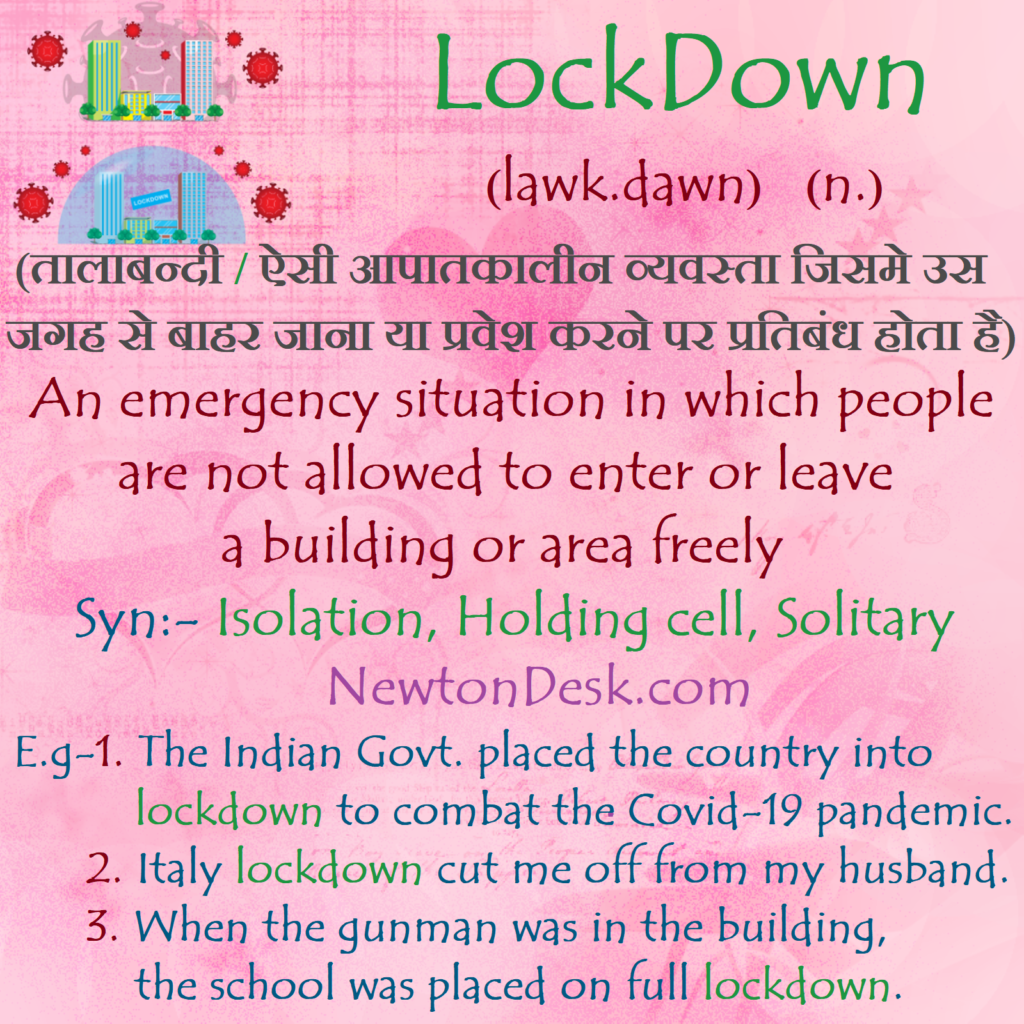83 Bi (Bismuth)
Appearance: lustrous brownish silver
Mass number: 209
Standard atomic weight: 208.9804 g/mol
Atomic number (Z): 83
Electrons: 83
Protons: 83
Neutrons: 126
Group: 15
Period: 6
Block: p
Element category: Post-transition metal
Electrons per shell: K2,L 8, M18, N32, O18, P5
Electron configuration: 1s22s22p63s23p63d104s24p64d105s25p64f145d106s26p3
Phase: Solid
Melting point: 544.7 K (271 oC)
Boiling point: 1837 K (1564 oC)
Density: 9.78 g/cm3 (In solid), 10.05 g/cm3 (When liquid at m.p)
Half Lif(s): 6.00E+26
Lifetime(s): 8.70E+26
Decay mode: α decay
Neutron cross section (Brans): 0.034
Heat of fusion: 11.30 kJ/mol
Heat of vaporization: 179 kJ/mol
Molar heat capacity: 25.52 J/(mol.K)
Oxidation states: 5, 4, 3, 2, 1, -1, -2, -3
Ion Charge: Bi3+ Bi5+
Electronegativity: Pauling scale: 2.02
Valence: 5
Electron affinity: 91.2 kJ/mol
Ionization energies: 1st: 703 kJ/mol, 2nd: 1610 kJ/mol, 3rd: 2466 kJ/mol
Atomic radius: empirical; 156 pm
Covalent radius: 148±4 pm
Vander waals radius: 207 pm
Crystal structure: Rhombohedral
Sound Speed: 1790 m/s
Thermal expansion: 13.4 μm/(m∙K)
Thermal conductivity: 7.97 W/(m∙K)
s Electrical resistivity: 1.29 μΩ∙m
Electrical conductivity: 770000 S/m
Electrical type: Conductor
Magnetic ordering: Diamagnetic
Magnetic susceptibility: -280.1×10-6 cm3/mol
Volume magnetic susceptibility: -0.00017
Mass magnetic susceptibility: -1.7×10-5 cm3/g
Molar magnetic susceptibility: -3.6×10-9 cm3/mol
Young’s modulus: 32 GPa
Shear modulus: 12 Gpa
Bulk modulus: 31 GPa
Poisson ratio: 0.33
Mohs hardness: 2.25
Brinell hardness: 70-95 MPa
CAS Number: 7440-69-9
Discovery: Claude Francois Geoffroy (1753)
Isotopes: 207Bi 208Bi 209Bi 210Bi 210mBi
Bismuth Uses:
It is Brittle, So mixed with other metal to make it useful. Used in Fire detector and extinguishers, electric fuses and solders. Bismuth oxide is used as a yello pigment for cosmetics and paints
Biological role: It is non-toxic
Natural abundance of Bismuth:
Bismuth occurs as the native metal, and in Ores such as bismuthinite and bismite. Major source by product o f refined lead, copper, tin silver and gold ores.
#bismuth


